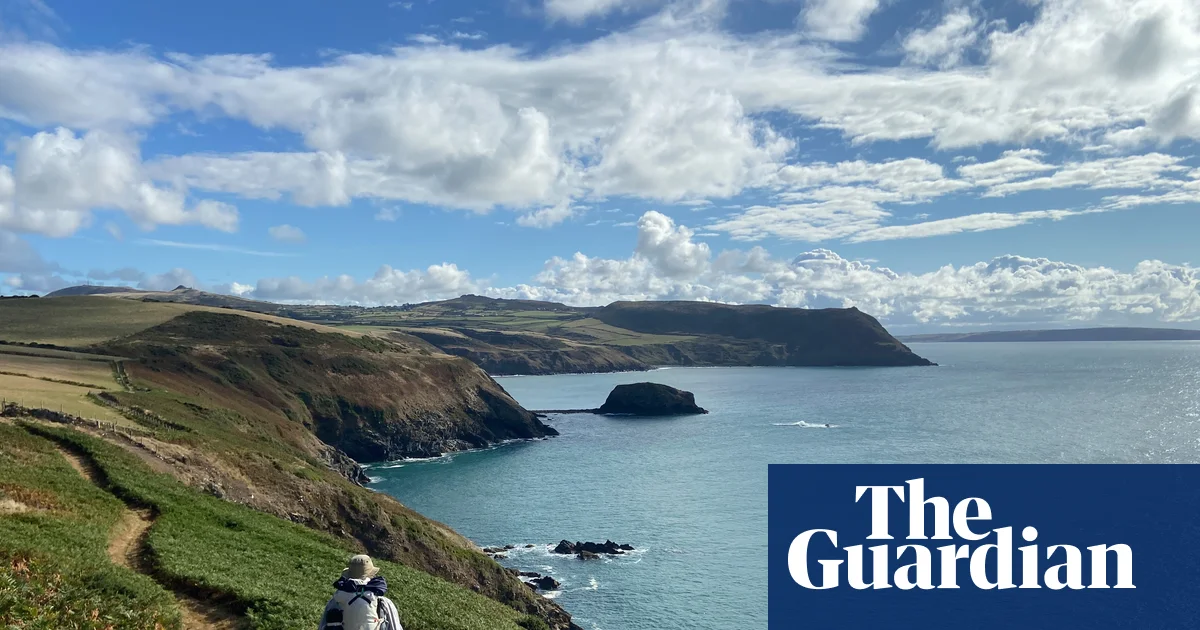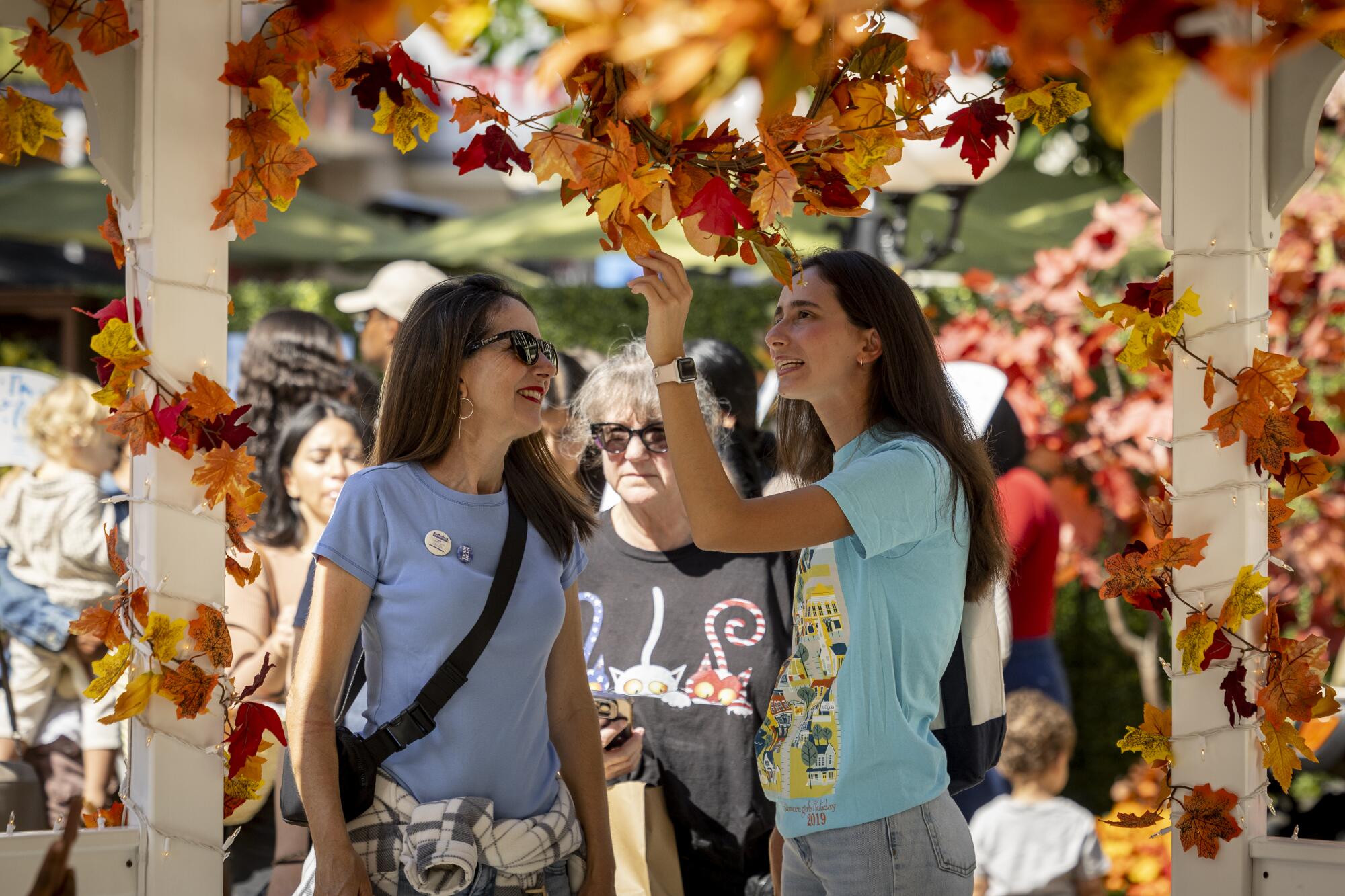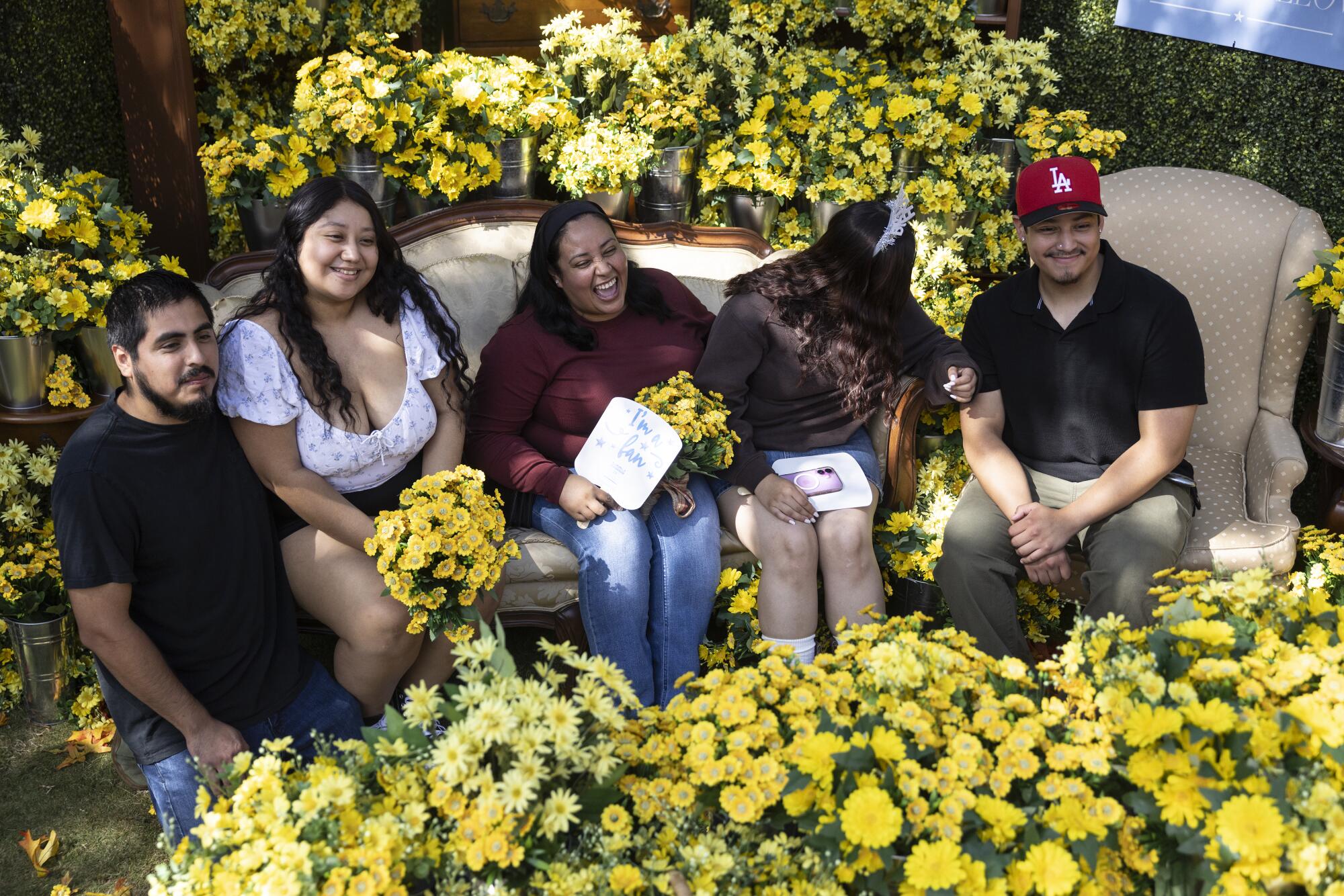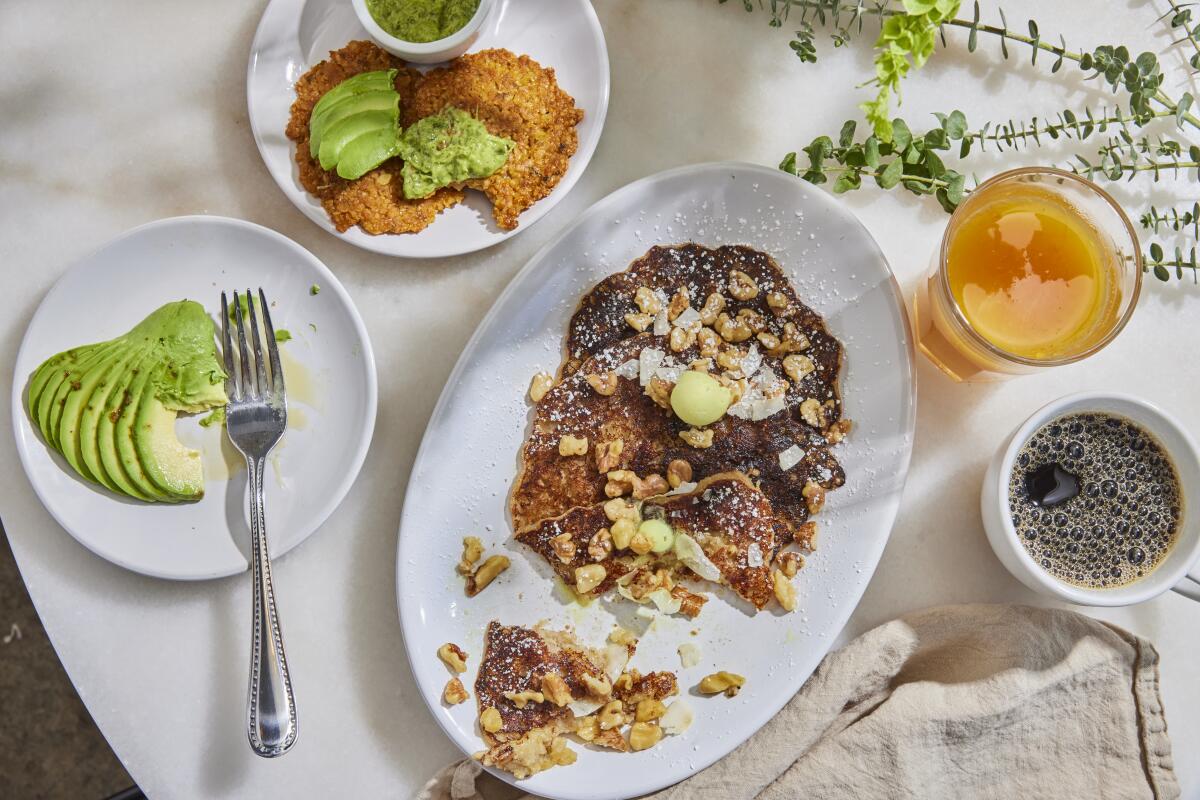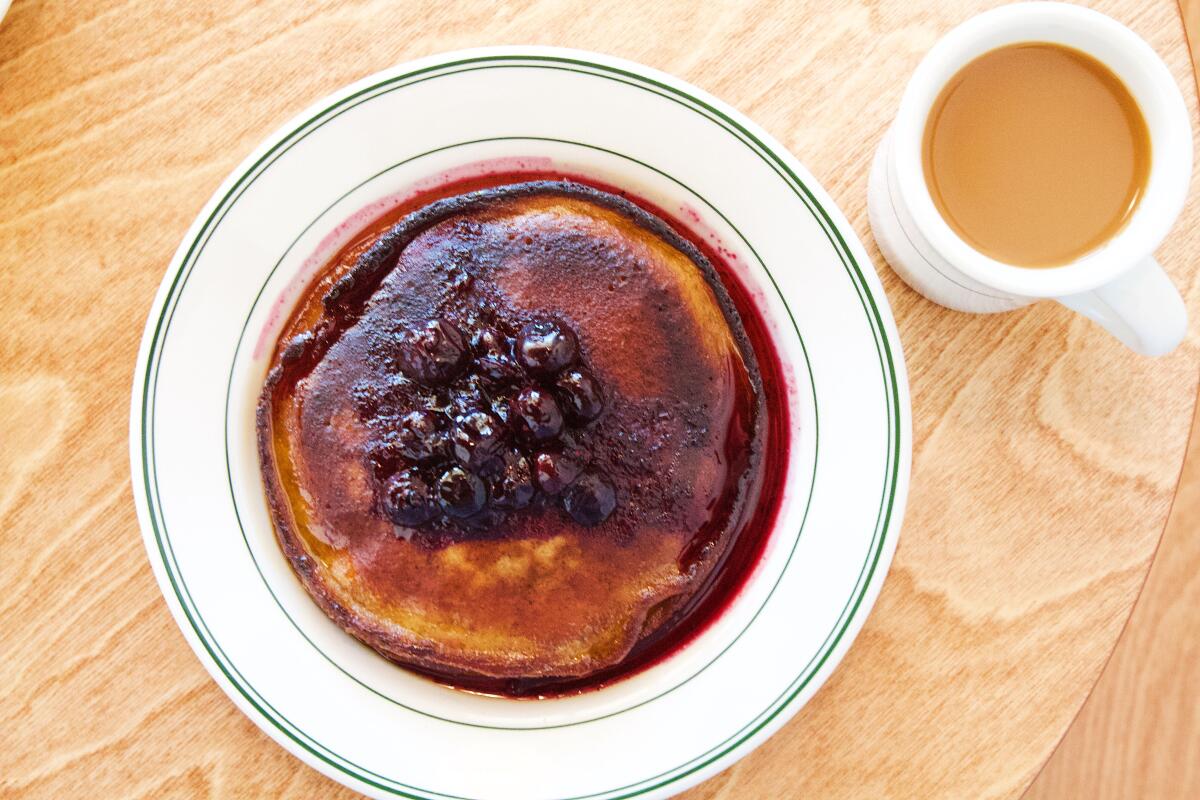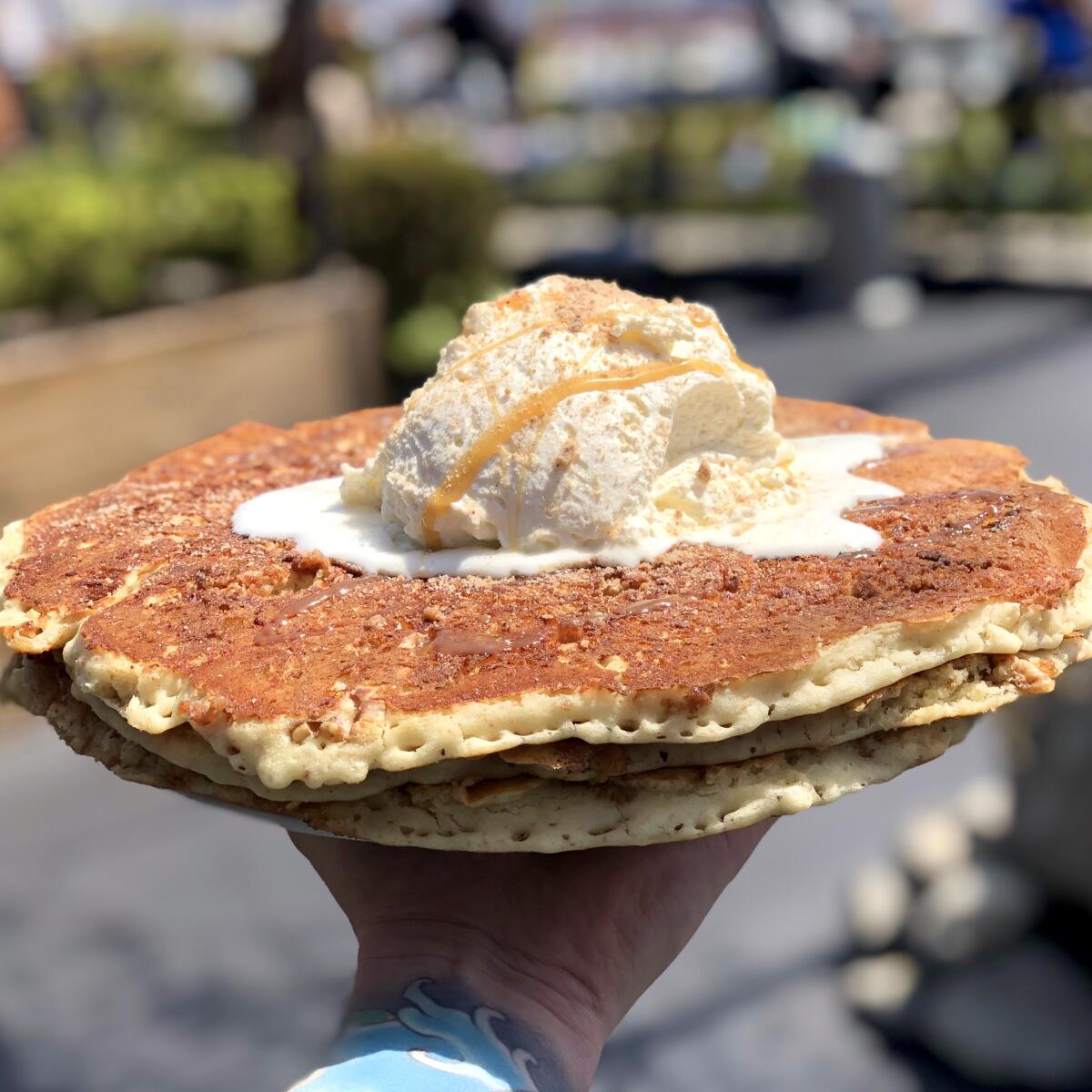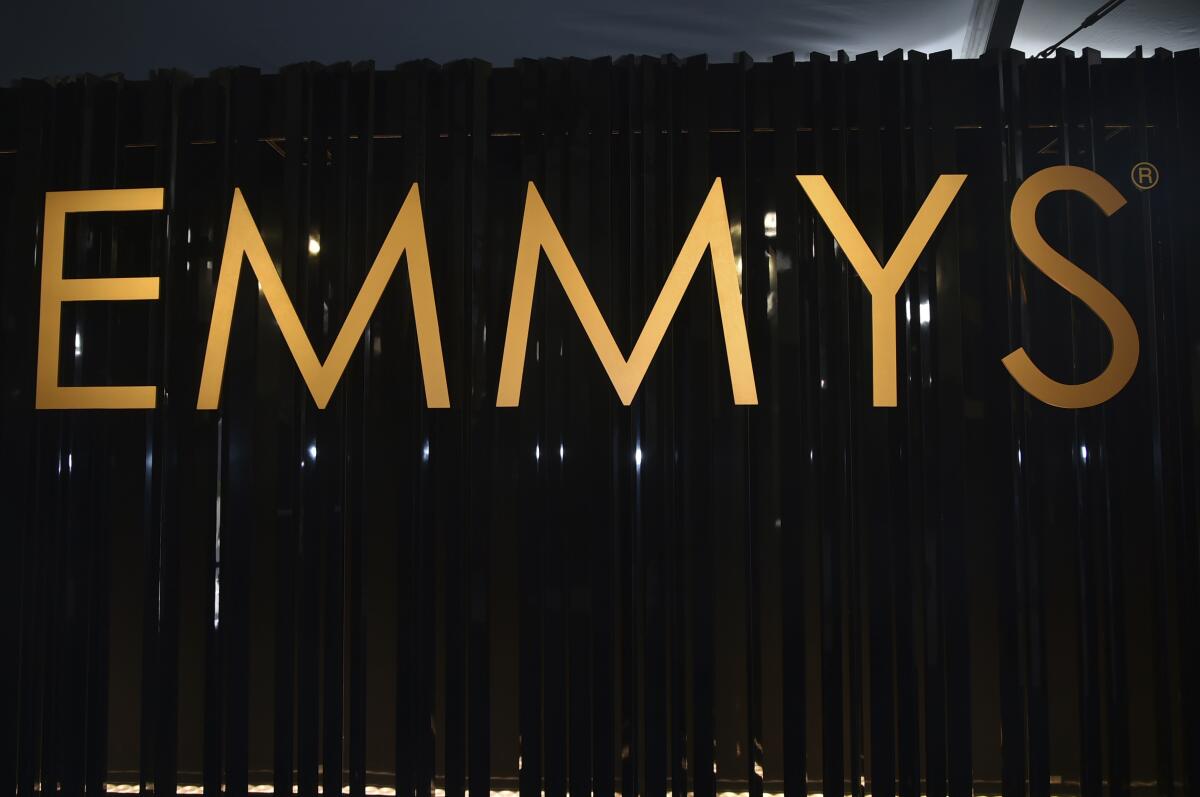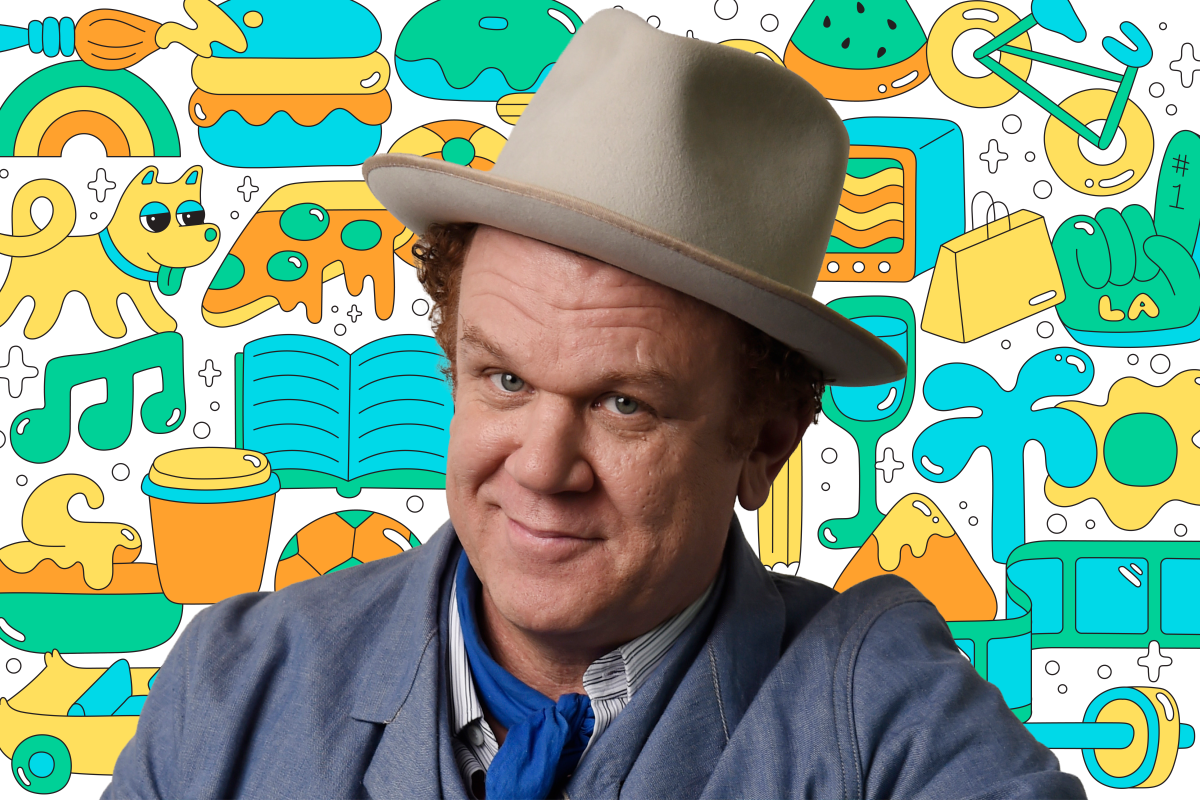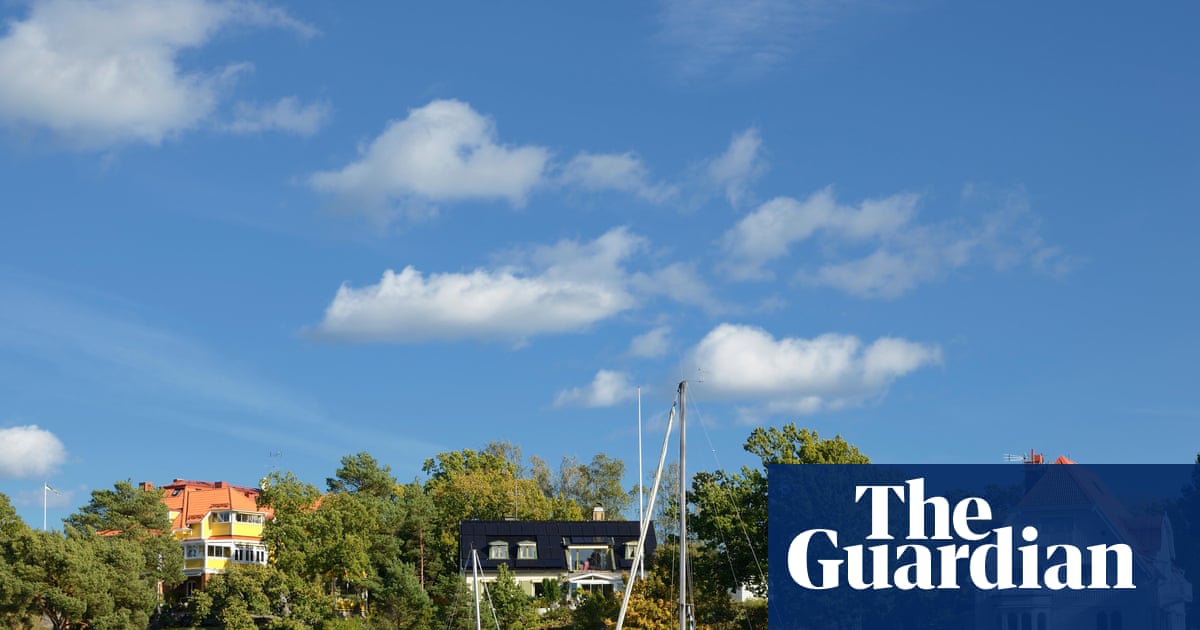A taste of north Wales: a walk between cafes (and pubs) on the Llŷn peninsula | Wales holidays
In all human endeavours undertaken within Britiain’s isles, the provision of tea and cake is the most vital consideration. When a walker or cyclist delivers the damning judgment “there’s no decent caff” to a group of friends, the ghastly silence is followed by everyone crossing the accursed region off their map. The sheer importance of this staple dietary ingredient is obvious from our island geography: Dundee, Eccles, Bakewell, Chelsea …
So it was with some trepidation that I set out to walk around the Llŷn peninsula in Gwynedd, Wales, on part of what is called the Seafood Trail. I mean, I love a lobster, but what about the fruit scones? Bangor University’s school of ocean sciences has produced a map of seafood producers and outlets to encourage hikers as they stride along the coastal path. Fine, but it’s the late afternoon sugar lull that I worry about.
We start on the north coast in Nefyn, a place that boasts an excellent brewery and a good beach with one of the most Instagrammed pubs in Wales, the Tŷ Coch Inn. Me and my friend Andy are both nervously scanning the weather apps as the forecast is stormy. The plan is to walk and camp, but only after a gentle start in the Nanhoron Arms hotel. This proves doubly beneficial as the dinner includes a delicious Anglesey sea bass and, next morning, we can stay dry while watching a barrage of lashing rain come down. We have each brought a tent, but neither item has been tested at this level of downpour.
I am already a convert to the Welsh Coast Path, one of the finest walks in the world, but I have never done this particular section. Immediately, we are off to a great start: the rain stops and we cross Nefyn golf ccourse and settle into a rhythm of cliff and cove. In one sheltered spot, a few Atlantic grey seals play in the shallows while the older ones snooze on the beach. A kestrel hovers overhead and butterflies skip around a few late flowers. In May this would be a floral bonanza, but now we have blackberries to keep us going.
Then, with lunchtime approaching, we start scanning ahead and almost immediately we see Cwt Tatws. The translation is roughly the Potato Shed but the name belies the true magnificence of this cafe, all the more splendid for its ideal location close to a beautiful stretch of sandy beach in Towyn. A rich selection of sandwiches, salads, pies and, of course, cakes, is augmented by cosy seating, a vintage clothing section and a range of Welsh products. Neither of us, unfortunately, has space in our rucksacks for a sack of sea salt or a bottle of Welsh whisky. However, we do manage an extra slice of coffee and walnut sponge before heading off.
After 3 miles (5km), we drop down on to a sandy beach at low tide and weave through a set of sentinel rocks. This long lovely stretch, Traeth Penllech, is a real gem, leading us up to the first campsite at Moel-y-Berth. Run by Mike and Joanna Smith, this is the kind of place people return to every year. There is a shop and a handy cafe for breakfast where, the next morning, we sit and watch another rampaging storm come blasting through. When we emerge, however, the sun is out again.
Our luck holds all day, but by midafternoon a crisis is looming. Without tea and cake, I reckon, I’ve only got a few miles left in my legs. But then at Porthor’s Whistling Sands beach, Caffi Porthor pops up, another gem, serving a vast range of delicious homemade cakes, including a Welsh stalwart, Bara brith. If you’re not familiar with this heavenly manna, it’s a fruit cake made with tea and spices. And Caffi Porthor makes the best I’ve ever tasted. Andy, foolishly, turns it down and the result, three miles later, is that he runs out of steam, taking a short cut across the headland to Dwyros, our second campsite. Meanwhile, powered by tea and cake, I stride on for a further seven miles around what is the best section so far: the actual tip of the Llŷn peninsula. The spectacular cliffs offer a fine view of the tidal race between the headland and Bardsey Island. On a day like this one, when the wind is gusting powerfully and the current is running at about four metres per second, it’s a fearsome sight.
Aberdaron, just around the corner, is a lovely village with an excellent fish and chip shop, Sblash, and a fine pub, The Ship, a good spot to try out a few words of Welsh as that’s the main language here, as on most of the Llyn.
after newsletter promotion
Unfortunately, the following morning my own language skills fail. When I ask some teenage boys for the path to Rhiw, the next village, I’m met with sniggers. Apparently I’m asking for sex.
The seafood, however, has really kicked in now. At Rhiw I meet Brett and Nia who harvest crab and lobster for their Top Cat Caffi where we eat a lobster salad lunch. However, the weather is deteriorating fast so we can’t get out to help with the day’s catch, something Brett encourages visitors to do. That evening, camped at Rhydolion farm, we stagger an extra mile to the pretty inland village of Llanengan and eat bowls of delicious mussels at the Sun Inn.
The final day is a bracing stomp across surfers’ beach, Hell’s Mouth, a notorious shipwreck spot in the past, then around Mynydd Cilan headland to Abersoch where there’s plenty of cafes to hide from the storm. The seafood has been great, but it’s the memories of tea and cakes that I will treasure.
The trip was provided by Natural Resources Wales
